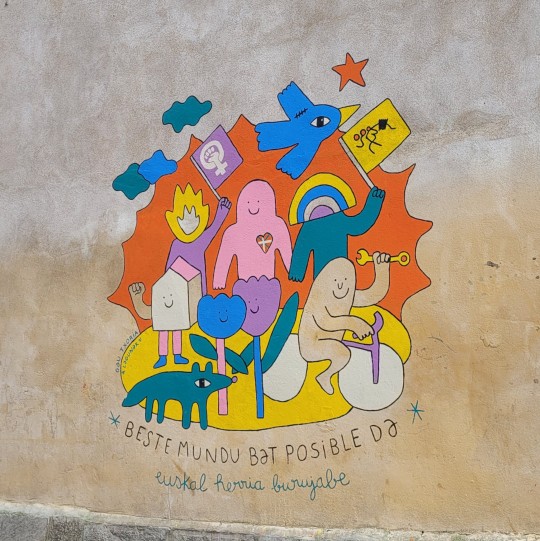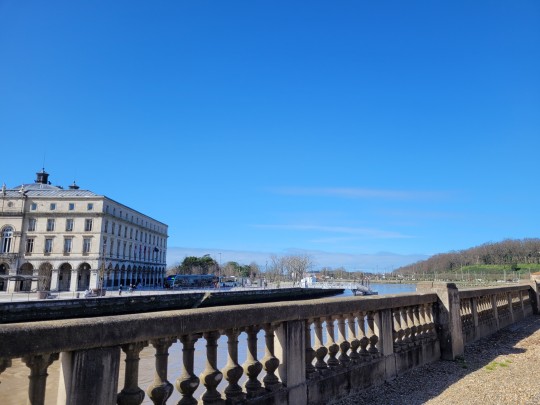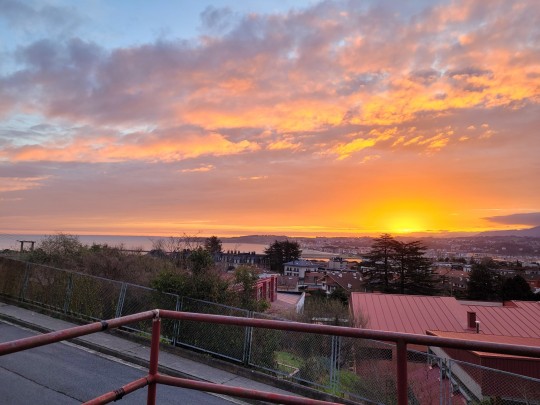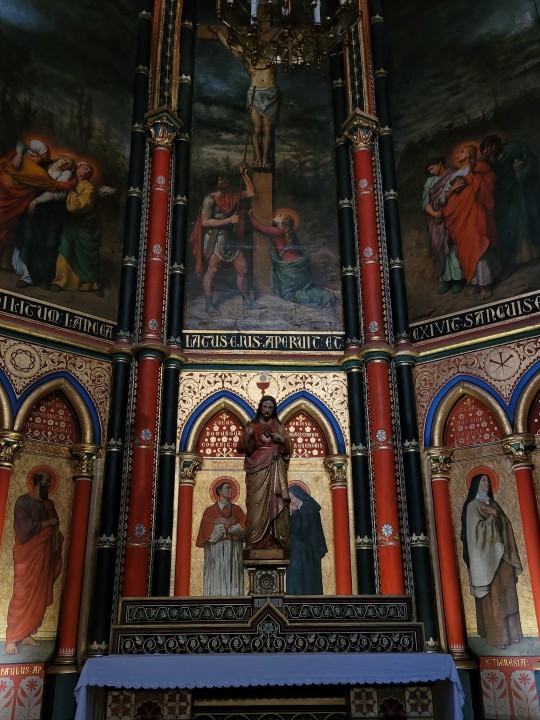#fuenterrabia
Text

Fuenterrabía (en vasco "Hondarribia"), provincia de Guipuzcoa (en vasco "Gipuzkoa"), en la región de Vascongadas (actualmente Comunidad Autónoma del País Vasco) en España, estado miembro de la Unión Europea.
2 notes
·
View notes
Text
Pueblos de España "Hondarribia-Fuenterrabia, Guipuzcoa, País Vasco"
¡Descubre la belleza y el encanto de Fuenterrabía! Situada en la costa del Golfo de Vizcaya, esta ciudad histórica y cultural es famosa por su gastronomía y sus fiestas. ¡No te pierdas la experiencia de probar sus deliciosos pintxos! #Fuenterrabía
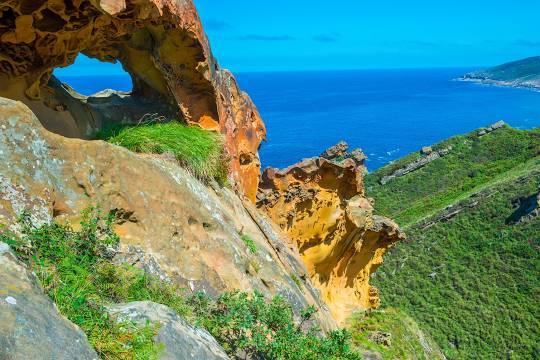
View On WordPress
#España#Euskadi#Euskal Herria#Fuenterrabia#Guipuzcoa#Hondarribia#Norte de España#Sur de Europa#Unión Europea
1 note
·
View note
Photo
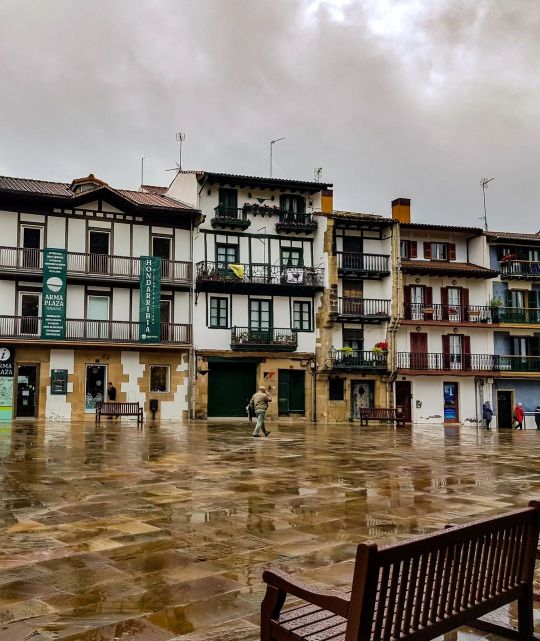
📍𝑷𝒍𝒂𝒛𝒂 𝑯𝒂𝒓𝒎𝒂, 𝑯𝒐𝒏𝒅𝒂𝒓𝒓𝒊𝒃𝒊𝒂, 𝑮𝒊𝒑𝒖𝒛𝒌𝒐𝒂, 𝑷𝒂𝒊́𝒔 𝑽𝒂𝒔𝒄𝒐 🇪🇸 #fuenterrabia #hondarribia #gipuzkoa #gipuzkoa_ederra #euskalherria #paisvasco #paisbasco #paisvascoturismo #spain_beautiful_landscapes #monumentalspain #viajes #travel #spain_photographs #spainphoto #vacation #view #igersspain #spainiswonderful #myasgo #spainstagram #ilovespain #spaintourism #visitspain #ilovespain🇪🇸 #españa #испания #travelspain #spain (en Hondarribia, Gipuzkoa, Euskal Herria) https://www.instagram.com/p/Cg6Ki2EsAaU/?igshid=NGJjMDIxMWI=
#fuenterrabia#hondarribia#gipuzkoa#gipuzkoa_ederra#euskalherria#paisvasco#paisbasco#paisvascoturismo#spain_beautiful_landscapes#monumentalspain#viajes#travel#spain_photographs#spainphoto#vacation#view#igersspain#spainiswonderful#myasgo#spainstagram#ilovespain#spaintourism#visitspain#ilovespain🇪🇸#españa#испания#travelspain#spain
1 note
·
View note
Photo

¡Sábado! ☀️🏖🌊 #alsol #hondarribia #fuenterrabia (at Hondarribia) https://www.instagram.com/p/CfhcKHBLSYg/?igshid=NGJjMDIxMWI=
0 notes
Text
Galizabra
In addition to the galleon, which was not only used as a warship by the Spanish, they also used this type of ship as a treasure ship. As these were always travelling in large convoys and were much sought-after prey by enemy antions such as pirates, the Spanish also tried another type of treasure ship, the Galizabra, from the 16th century onwards. Slimmer in hull shape and with shallow drafts like a galley and also rowable like one, but with a continuous deck. Her sail plan was similar to that of a brigantine, which meant she carried two masts with square sails and one with a lateen sail. This made her incredibly fast and manoeuvrable and with her 12 guns she was also quite heavily armed.

Longitudinal view of a galizabra 1616 (x)
This made her a good and independent ship. In the course of the 17th century, some adjustments were made which made her even better to sail, making her a precursor of the frigate. Her task was to transport gold and gems to Spain in addition to the treasure fleet.

Model of the asabras (galizabras) built by don Ernando Urtado de Mendoça in Fuenterrabia (Hondarribia) in 1591 (x)
And since she was able to self-deploy, she sailed alone with a crew of 40 sailors and 60 soldiers without a convoy. In the course of the 18th century, however, she was exchanged for the real frigate and disappeared from the muster lists of the Spanish Armada.
#naval history#galizabra#spanish armada#treasure ship#an early frigate#16th-18th century#age of sail
43 notes
·
View notes
Text
31st July, 1794
Since it is Moncey’s birthday at this time of the year, I thought it would be interesting to present how he spent his birthday at another point in his life. As Col. Ramsay Weston Phipps supplies in Vol. 3 of his Armies of the First French Republic, 228 years ago to this date, on his 40th birthday, Moncey was engaged in operations in the Baztan Valley on the Spanish frontier, as part of the Armée des Pyrenées-Occidentales, or the Army of the Western Pyrenees. At that time, he had recently been promoted to general de brigade due to his actions at the Battle of Sans Culottes Camp (which was the actual name of the French camp), an affair which Phipps describes as thus:
[On the 5th of February, 1794,] Lieut.-Colonel [or chef de bataillon] Moncey had been ill for a fortnight and intended to go back to Bayonne next day. This morning he was in bed, having taken an emetic, when he heard the noise of the attack. Hastening to his men, weak as he was, he remained on the field until he had seen the withdrawal of the enemy. For this the Representatives, making him skip a rank, on the 18th February 1794 promoted him General of Brigade, basing this not only on his conduct at Château-Pignon on the 6th June 1793 and by Saint-Jean-de-Luz on the 23rd July, and this last affair, but also on the attachment of his comrades for him. (vol. 3, p. 150.)
From the above, Moncey seems to have been held in esteem for his conduct and person since the Revolutionary days, and that would not change throughout the Empire and Restoration. His superiors’ trust in him was further evidenced when Moncey’s commander-in-chief Jacques Muller ordered him to assault the Baztan Valley in late July 1794.

Image from Wikipedia’s English article of the Battle of the Baztan Valley.
It is significant of the regard in which Moncey was already held, that he, only recently promoted, was sent to the right to command the strongest column and the one which was to deal the first and most important blow. Whilst Mauco and Marbot kept the enemy in Roncesvalles in check, three columns were formed to seize the Baztan valley, and then marching westwards to roll up the Spanish line on the Bidassoa. On the night of the 24th July Moncey with some 10,000 men (13 battalions and 800 horse) began his march, and coming over the Col de Maya he next day seized the Baztan valley, where his troops enjoyed the sight of the rich country they had reached. […] On the 27th July, while Robespierre was being overthrown, Moncey started from Elizondo in the Baztan valley with 6,000 men and, marching for thirty-two hours by the difficult Echalar (or Atchiola) road across the mountains, he joined Delaborde at Lesaca, whence the two, 12,000 strong, marched west to support the attack of the right column from Hendaye and the mouth of the Bidassoa. It was intended that, when Moncey and Delaborde should arrive, Frègeville with the right column (6,000 men) should cross the river and attack the fortified camp of San Martial, which covered Irun. Frègeville, however, not knowing that Moncey had been delayed in his mountain march, advanced on the 1st August. Then the Spaniards, aware that Moncey and Delaborde were now in their rear, blew up their works and retired with heavy loss. This caused the surrender of the virgin fortress of Fuenterrabia. (vol. 3, pp. 186-187.)
The event in itself is not of as much interest as what can be read between the lines. Moncey spent his 40th birthday 'toughing it out' on rough mountain roads—barren terrain unlikely to provide more for a meal than the rations brought with him, and more for comfort than the clothes on his back, neither of which could have amounted to much in the first place with the army’s poor supplies. There was precious little a way to celebrate anything aside from doing so verbally, or perhaps draining a last reserve of alcohol, and likely that birthday went unacknowledged in the midst of operations. When slotting such an insignificant moment into the two decades of constant wars of the Revolution and the Empire, one begins to wonder how many Marshals and generals spent their birthdays in warzones, how many of those birthdays were celebrated, or, if lost in the throes of campaigns, they remembered their birthdays at all. And, with all the soldiers that constituted Napoleon's Grand Army, one wonders how they commemorated their birthdays in war, if they ever did; how many lost a comrade around or during an anniversary, how many had larger historical events dwarf their own birthdays—and how many lost their lives just before they were to gain another year of it.
The Moncey of 1794, of course, would get to live for many years longer. In the next few days, he would go on to finish off the business along the Baztan Valley, unhinging the Spanish defensive position along the frontier:
[W]hile Delaborde and Frègeville were sent south along the Madrid road to Hernani, Moncey moved on across their rear, still westwards, for San Sebastian. This fortress was held by some 1,700 men, but Moncey sent Captain La Tour d'Auvergne to harangue the commandant: his eloquence was successful, and the garrison laid down their arms on the 4th August. Next day Frègeville occupied Tolosa. Besides a mass of prisoners the French had taken all the park of the enemy. It was a fine victory …. (vol. 3, pp. 187.)
And a fine (if late) present for a military man’s birthday, one hopes.
16 notes
·
View notes
Text
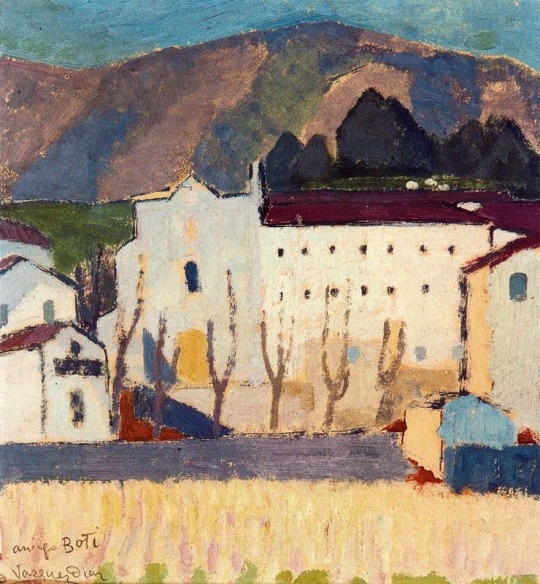
"Convent of Fuenterrabia", Daniel Vazquez Diaz, 1918.
8 notes
·
View notes
Text
Por cierto..dia antes de correr la BEHOBIA (un barrio de IRUN donde nacio AMAIA MONTERO de la OREJA DE VAN GOGH y donde le dio un SINCOPE a ruben DE LA RED con REAL MADRID q le retiro del FUTBOL POR PRECAUCION tras ser ELIMINADOS EN COPA DEL REY por un equipo de 2da B).. estuve en HONDARRIBIA o FUENTERRABIA (un bonito pueblo estilo MEDIEVAL como CASA REAL jaja) e hice un entrena_miento subiendo hasta el SANTUARIO de NUESTRA SEÑORA DE GUADALUPE q estaba abierto y con velas como lo unico q iluminaba dentro.. CREO Q ME EXCEDI xq no ESPERABA q fuera tan duras las CUESTAS y al dia siguiente CORRER media maraton
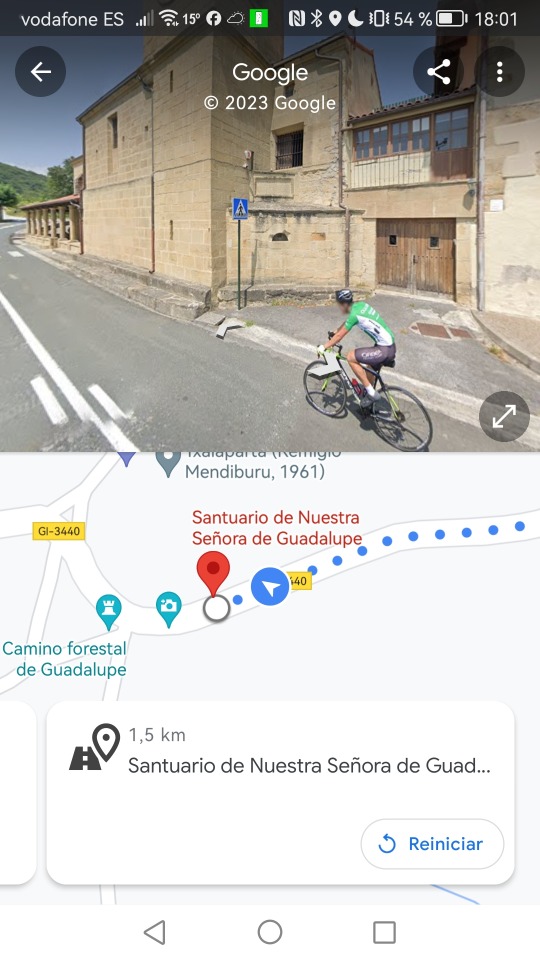
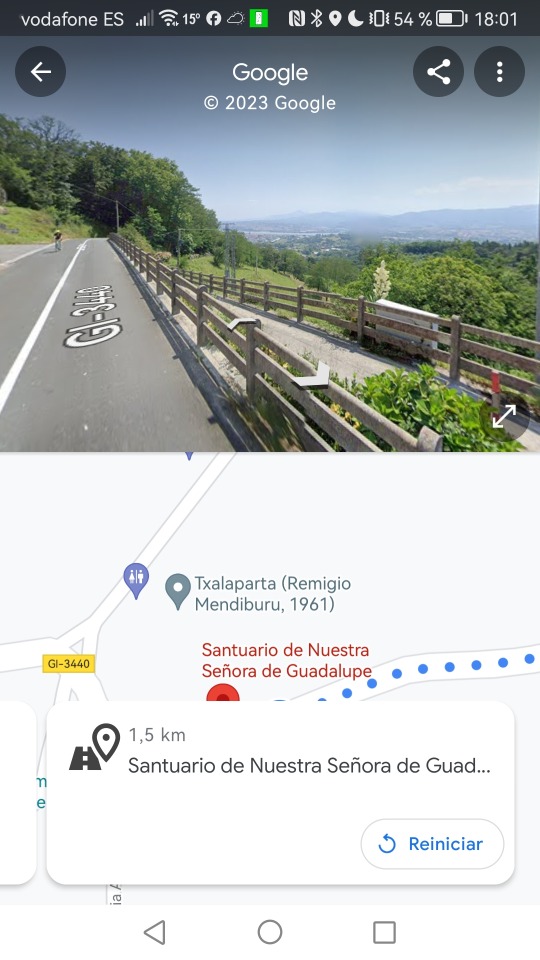

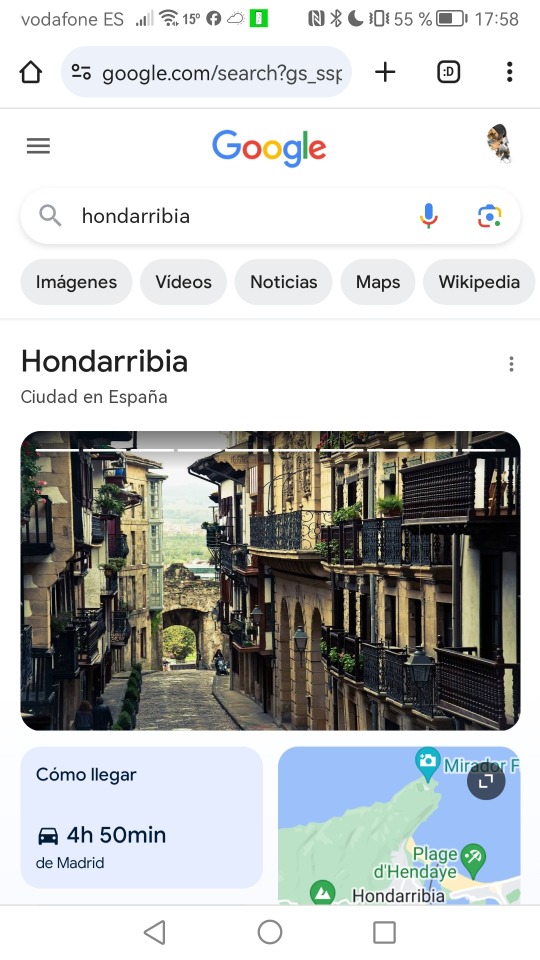
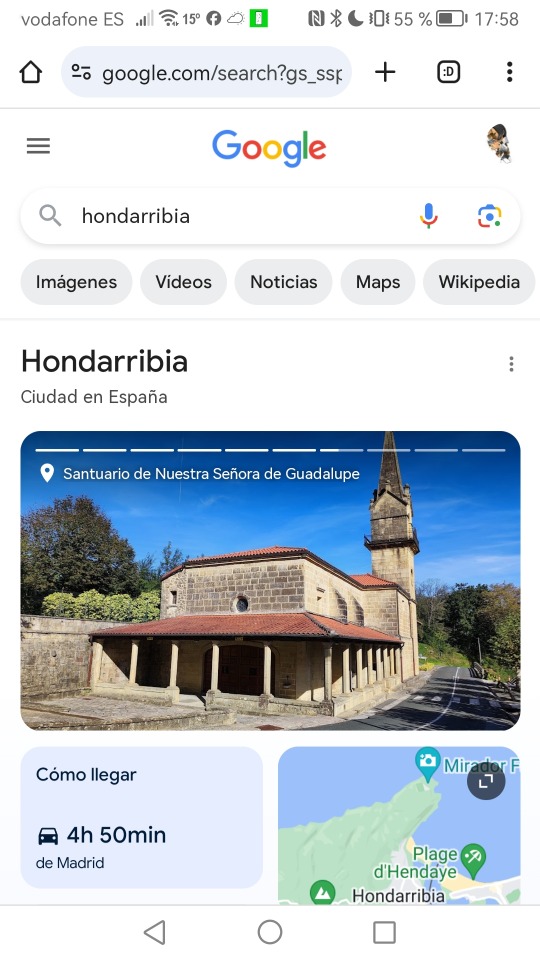
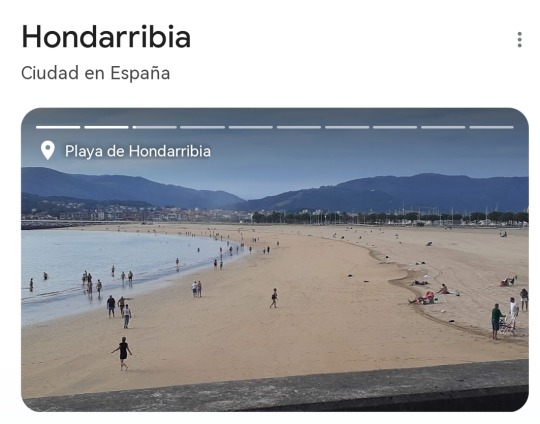
0 notes
Text
Los carpinteros de ribera

La actividad de los carpinteros de ribera abarcaba desde la selección de los árboles en el monte hasta el aserrado, fabricación de las distintas piezas, su ensamblado y construcción total del casco, así como el calafateado o impermeabilización de las juntas. El oficio se ha transmitido de padres a hijos en muchos casos, para, en otros casos, independizarse oficiales expertos para crear su propio astillero.
Hasta el siglo XIX fueron con frecuencia los propios marinos y armadores los diseñadores y directores de la obra, siendo los carpinteros de ribera los ejecutores materiales, para a partir de aquella época comenzar estos últimos a diseñar y desarrollar la construcción en base a unos datos básicos establecidos inicialmente por el cliente.
El maestro, generalmente el propietario, era el experto en la construcción, dominando las formas y dimensiones de los barcos. Asimismo dirigía el trabajo, realizando también labores materiales.
Ya en el siglo XVI los carpinteros de ribera se iniciaban en el oficio como aprendices al lado de un oficial experto. Comenzaban su aprendizaje con 14 años y a veces con 12, y con frecuencia se establecía un contrato entre ambas partes.
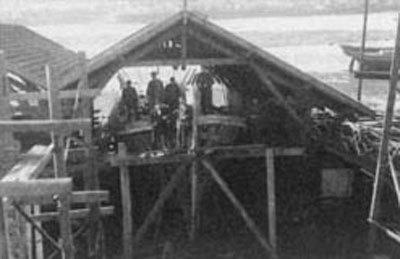
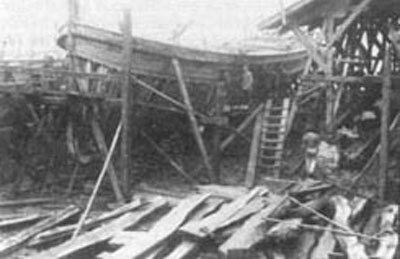
Hasta fechas recientes la forma de iniciarse en el oficio ha sido la misma, e iban ascendiendo profesionalmente a medida que aumentaban sus conocimientos. Un carpintero experimentado sabía elaborar y montar todas las piezas del barco, estando capacitado para determinar las formas y medidas más convenientes para la buena navegabilidad, seguridad y rendimiento del barco que construía, y en ocasiones, modificaba las características que se habían establecido al inicio de la construcción, al considerarlas más adecuadas.
La caja de herramientas que contenía los útiles de trabajo era de su propiedad, y estaban autorizados para llevar a sus casas los trozos de madera y astillas que necesitaran para el fuego.
Generalmente su retribución era menor que los marineros de bajura. Sin embargo, su salario era fijo y no estaba sujeto a la incertidumbre y variabilidad del resultado de la pesca.
Los carpinteros de ribera de nuestra costa fueron perdiendo su trabajo a partir de 1970 al dejar de construirse barcos de bajura, sobre todo de madera con toda la crisis que supuso este cambio para la actividad. Desde aquellas fechas los pesqueros más importantes y todos los arrastreros se construyen con casco metálico y las pequeñas embarcaciones de madera, motoras y botes están siendo sustituidas por otras de casco de poliéster.
Hacia 1975 solo se mantenían en actividad unos pocos artesanos dedicados a reparaciones de las embarcaciones existentes, y hoy son contados los que figuran en activo.
Clemente Goldaracena, nacido en San Sebastián en 1888, ebanista de profesión, se inició como carpintero de ribera en los astilleros Andonaegui de Pasajes San Pedro, para posteriormente independizarse instalándose en Orio, y finalmente, en 1932, en Pasajes, donde desde 1935 se dedicó exclusivamente a la construcción de barcos, con unas dimensiones de 8 a 10 m. de eslora, 2,5 a 3 m. de manga y 1,5 m. de puntal, llegando a emplear a 23 trabajadores. Su hijo Luis, que comenzó a aprender la profesión con su padre a los 14 años, continuó en la actividad hasta 1970 en que se cierra el astillero pues "ni se fabrican apenas barcos de madera, ni había operarios que los supieran hacer". Llegaron a construir 60 embarcaciones de las que 44 tuvieron cierta entidad.
Asimismo, José Miguel Elizondo, nacido hacia 1860 en Orio, comenzó su aprendizaje de carpintero de ribera a los 14 años en Bilbao, volviendo a su pueblo natal para instalar su propio astillero. Su hijo Manuel amplió el negocio llegando a ocupar hasta 12 operarios construyendo numerosos barcos de pesca para Orio, San Sebastián y Fuenterrabia con un peso medio de 30 tns., aunque en algunos casos como el Mater Inmaculada, en 1964, llegó a unas 120. Su hijo Vicente y el de éste, Eduardo, continuaron la actividad, de donde salieron oficiales experimentados que al establecerse por su cuenta dieron origen a diversos astilleros en otras poblaciones de nuestra costa.
Otra forma de aprender el oficio ha sido la de carpinteros ya experimentados en la fabricación de artículos de madera, que se especializaban en la construcción naval. Este es el caso de Manuel Galarraga, que en 1934 se asocia en Zumaya con José María Lasquibar carpintero de ribera, comenzando la construcción de pequeñas embarcaciones, para en 1941 instalarse en Bedua tras formar sociedad con Manuel Urbieta, para la construcción de barcos de pesca, llegando a ocupar a 14 trabajadores. Hasta 1974 fecha de la última botadura construyeron un total de 115 embarcaciones, entre ellas 62 de bajura y 40 arrastreros.
¿Qué hace el carpintero de ribera?
La actividad de los carpinteros de ribera abarcaba desde la selección de los árboles en el monte hasta el aserrado, fabricación de las distintas piezas, su ensamblado y construcción total del casco, así como el calafateado o impermeabilización de las juntas.
¿Cuántos tipos de carpintero existen?
¿Qué tipos de carpintería existen?
Carpintería de acero. Tipo de carpintería resistente.
Carpintería de aluminio.
Carpintería de madera. Tipo de carpintería tradicional.
Carpintería de PVC. Otro tipo de carpintería.
¿Dónde tiene su taller el carpintero de ribera?
Cladera visita el taller de carpinteros de ribera en Marratxí donde se ha restaurado la barca 'Nuevo Tomás'
¿Qué debe saber un carpintero?
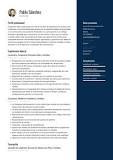
Los carpinteros deben tener la habilidad de medir, cortar y dar forma a la madera y a otros materiales. Deben ser expertos en inspeccionar y evaluar edificios y estructuras, y en reemplazar adecuadamente las estructuras dañadas.
0 notes
Text
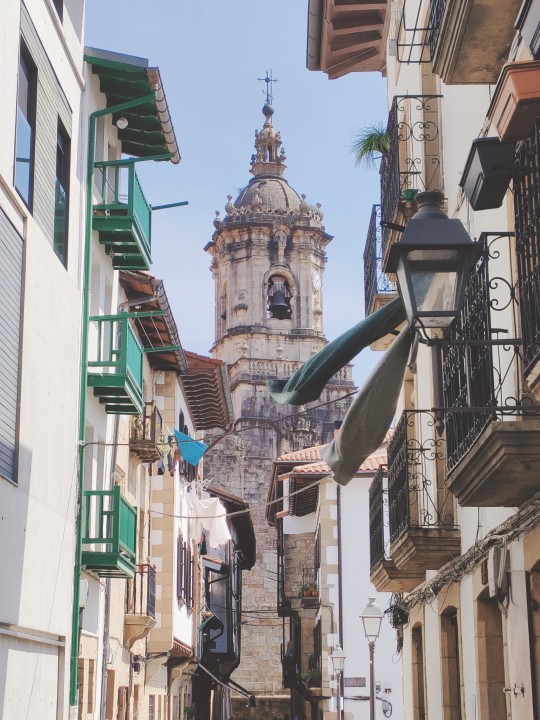

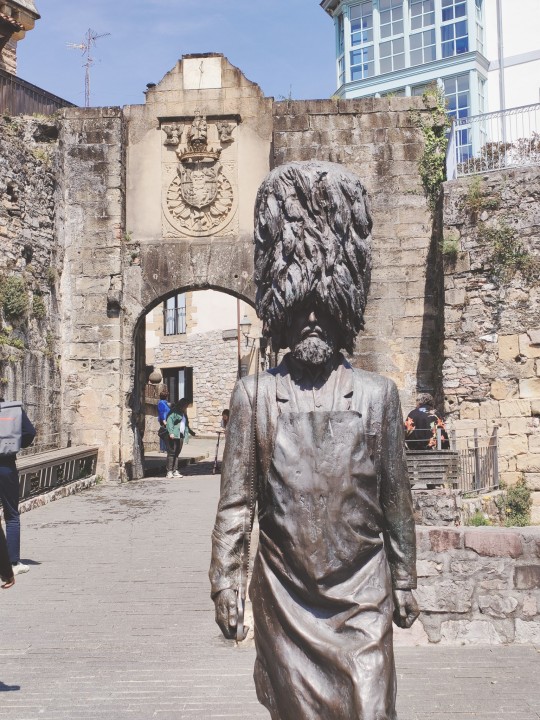
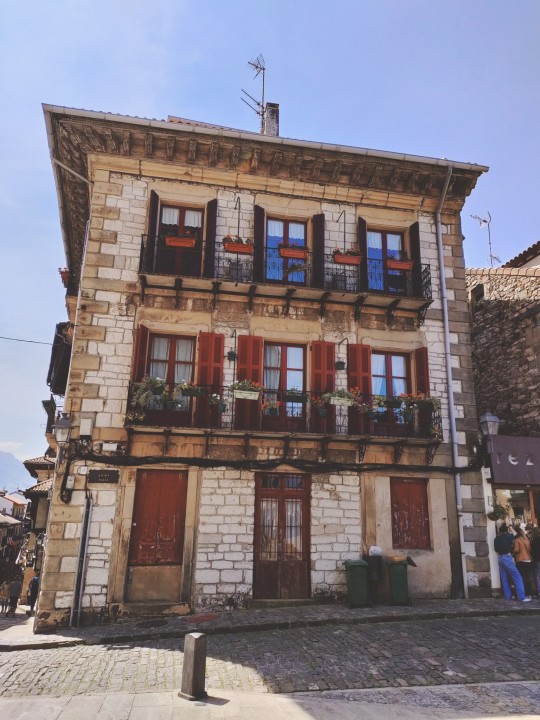
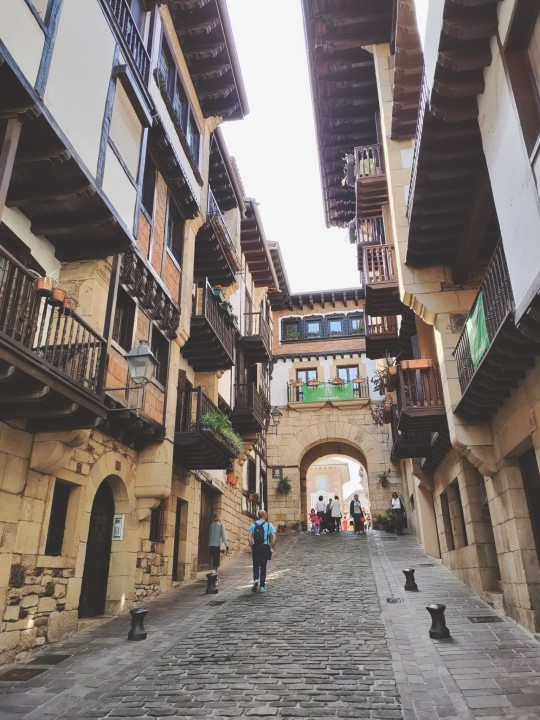
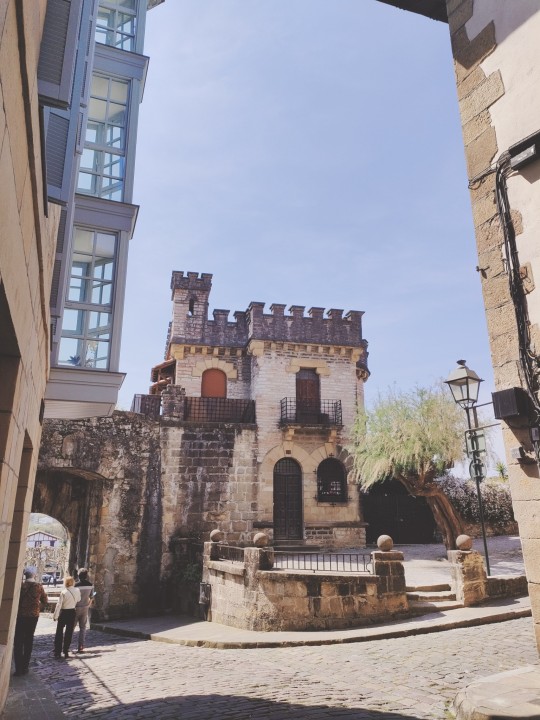


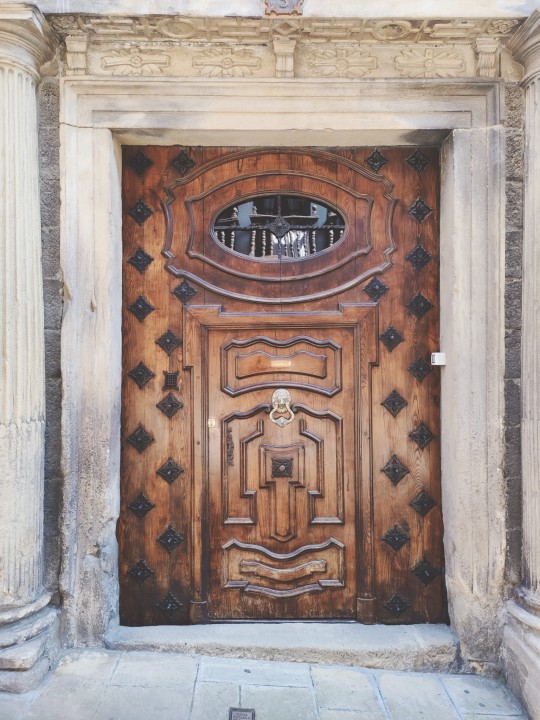
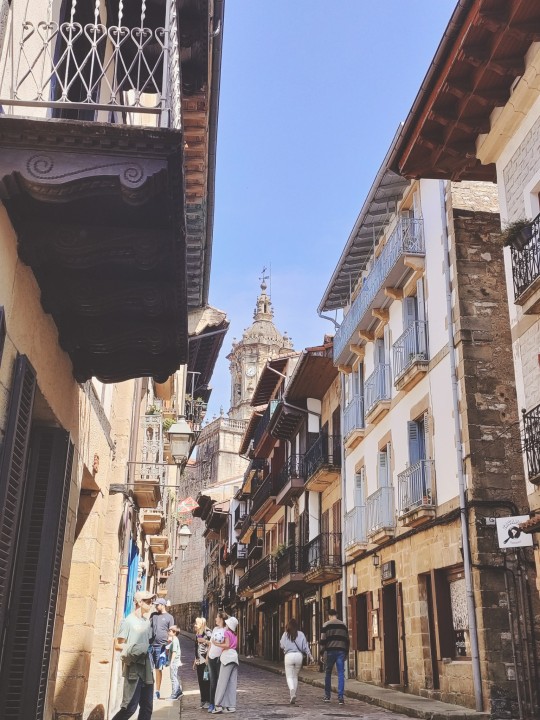
2 notes
·
View notes
Photo
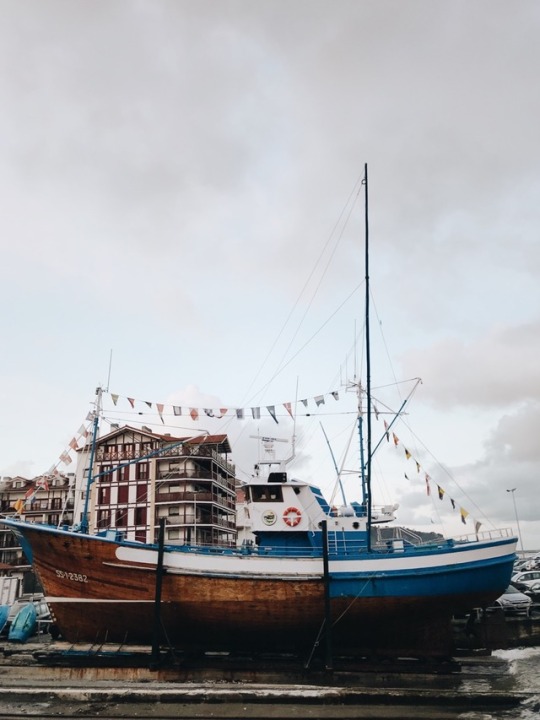
Fuenterrabia. Guipuzcoa. Spain
Photo: Jon Gasca
64 notes
·
View notes
Text
Pueblos de España "Hondarribia-Fuenterrabia, Guipuzcoa, País Vasco"
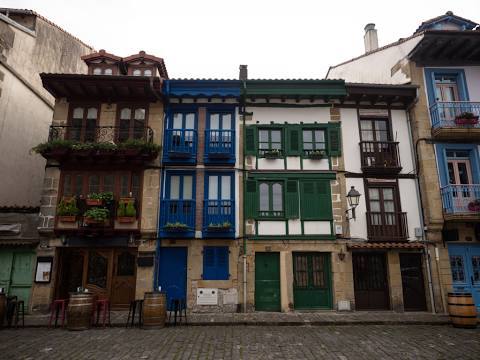
View On WordPress
0 notes
Photo
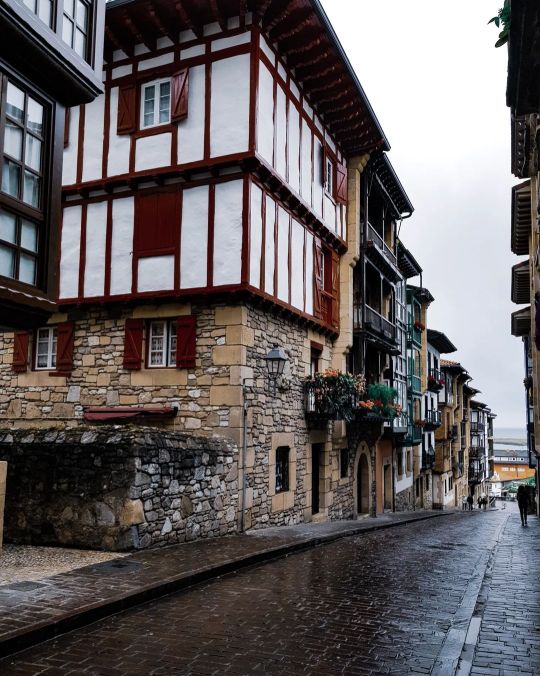
📍𝑯𝒐𝒏𝒅𝒂𝒓𝒓𝒊𝒃𝒊𝒂, 𝑮𝒖𝒊𝒑𝒖́𝒛𝒄𝒐𝒂, 𝑷𝒂𝒊́𝒔 𝑽𝒂𝒔𝒄𝒐 🇪🇸 #hondarribia #fuenterrabia #guipuzcoa #guipuzkoa #guipuzcoa_turismo ♥ #spain_beautiful_landscapes #monumentalspain #viajes #travel #spain_photographs #spainphoto #vacation #view #igersspain #spainiswonderful #myasgo #spainstagram #ilovespain #spaintourism #visitspain #ilovespain🇪🇸 #españa #испания #travelspain #spain ♥ #paisvasco #paisvascoturismo #paisbasco (at Hondarribia, Gipuzkoa, Euskal Herria) https://www.instagram.com/p/CeJb6D4Msl4/?igshid=NGJjMDIxMWI=
#hondarribia#fuenterrabia#guipuzcoa#guipuzkoa#guipuzcoa_turismo#spain_beautiful_landscapes#monumentalspain#viajes#travel#spain_photographs#spainphoto#vacation#view#igersspain#spainiswonderful#myasgo#spainstagram#ilovespain#spaintourism#visitspain#ilovespain🇪🇸#españa#испания#travelspain#spain#paisvasco#paisvascoturismo#paisbasco
0 notes
Photo
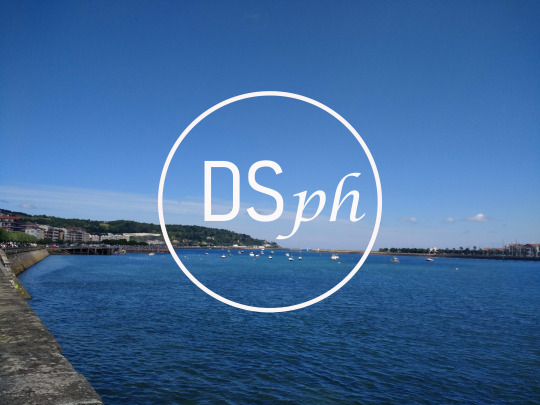
New Logo! I’m still not fully convinced, so I will be making a new one soon.
I’m active on Instagram, Deviantart and Behance (links below)
https://www.instagram.com/dazzling.sapphireph/
https://www.deviantart.com/dazzlingsapphireph
https://www.behance.net/gracefernndez
0 notes
Photo
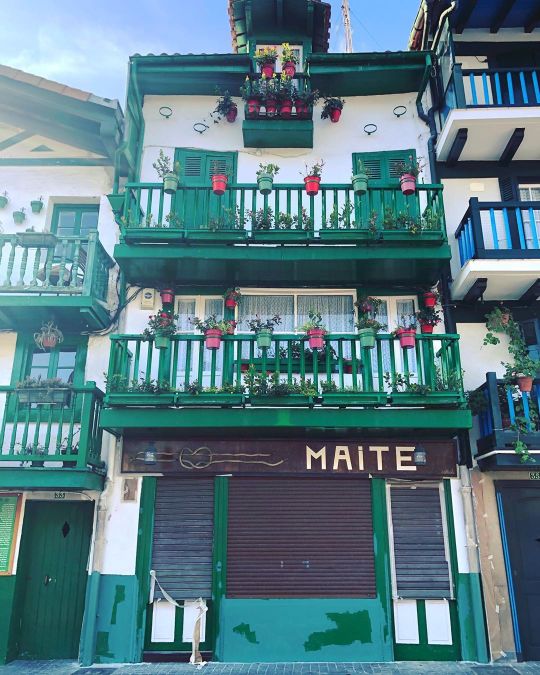
#fuenterrabia #fuenterrabía #igersfuenterrabia #hondarribia #igershondarribia #donostia #igersdonostia #paisvasco #paisvascoturismo #paisvascofrances #paísvasco #igerspaisvasco #pueblosconencanto #pueblosdeespaña (en Hondarribia) https://www.instagram.com/p/B7_jGOootxH/?igshid=1oa5ed2dx4n2x
#fuenterrabia#fuenterrabía#igersfuenterrabia#hondarribia#igershondarribia#donostia#igersdonostia#paisvasco#paisvascoturismo#paisvascofrances#paísvasco#igerspaisvasco#pueblosconencanto#pueblosdeespaña
0 notes
